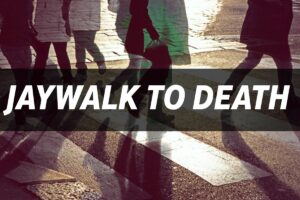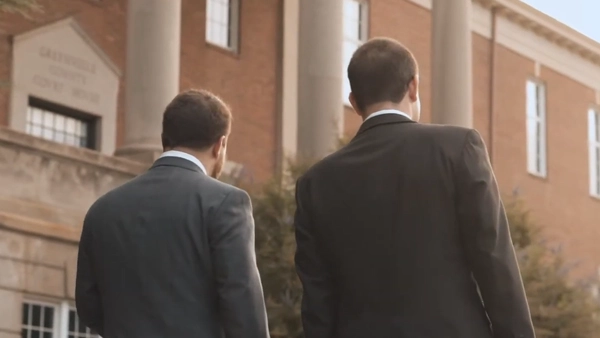
Fifty-five year old Jerome Bradley was attempting to cross a busy road when a 17 year old driving a 2003 Ford SUV struck and killed Bradley. The South Carolina Highway Patrol decided to not press charges against the teenage driver, but this unfortunate tragedy could have been avoided if both pedestrians and motorists are aware and alert to instances of jaywalking.
According to the National Highway Traffic Safety Administration, approximately 4700 pedestrians were killed and another 70,000 injured in pedestrian-vehicle collisions in 2003. It was also found that a majority of pedestrian-vehicle crashes occur at intersections and that 74 percent of pedestrian-vehicle crashes occur in areas where there are no traffic control signals such as traffic lights or pedestrian walkways. And although a majority of jaywalking incidents occur in urban areas, jaywalking is also a problem in suburban or rural areas that lack sideways and designated pathways to separate pedestrians from vehicles.
Jaywalking is especially dangerous in adverse conditions such as low light, inclement weather, bad road conditions, or when there are other distractions on the road for both the motorist and the pedestrian. Jaywalking can also be more dangerous if performed by the disabled, the elderly or small children who may not be as alert or be able to avoid oncoming traffic.
Staying Alert Can Save a Life
Under Section 56-5-970 of South Carolina’s Uniform Act Regulating Traffic on Highways, there is a law regarding traffic control signal legends, but the law does not explicitly require that roads be equipped with pedestrian lights or traffic signals. In addition, although Section 56-5-590 states regulations regarding pedestrian signs and crossing paths, it does not require that roads be equipped with lights or walk signs. Section 56-5-580 gives pedestrians a right-of-way, meaning a motorist should give preference for the pedestrian to cross first if it is safe to do so, but it is up to pedestrians to choose not to jaywalk or cross traffic when it is unsafe.
The South Carolina Department of Transportation’s Bicycle and Pedestrian program also has information for residents to petition for signs and pedestrian paths, but there are instances when a pedestrian may jaywalk despite the presence of traffic signals and pedestrian lights. Article 25 of South Carolina’s traffic law defines and states pedestrian rights and rules to follow—including the need to follow traffic signals—and Section 56-5-3130 specifically states that pedestrians are not to leave the curb and get into the path of a vehicle because this act—jaywalking—is an immediate hazard. Although news outlets have been scarce about the details over Mr. Bradley’s accident, there is a presumption that Mr. Bradley may not have been following traffic laws and the driver was caught unaware of the jaywalker.
However, even if a pedestrian was partially at-fault for an accident because he was jaywalking, the driver may still bear some fault—and thus liability—for the accident. Section 56-5-3230 specifically states that notwithstanding other provisions of law, “every driver of a vehicle shall exercise due care to avoid colliding with any pedestrian or any person propelling a human-powered vehicle and shall given an audible signal when necessary and shall exercise proper precaution upon observing any child or any obviously confused, incapacitated or intoxicated person.” Therefore, even if the pedestrian is in the street illegally, a driver still has a duty of care to avoid colliding with any pedestrian, especially if the pedestrian is drunk, and the driver must even blow his horn, slow down, and stop, if necessary, to avoid inflicting an injury.
A collision between a motorist and a pedestrian leaves not just physical and emotional damage; it also causes property damage to the motorist’s vehicle and the pedestrian’s personal possessions. An experienced Greenville pedestrian injury attorney can assist both a motorist and a pedestrian on how to proceed after an accident.







